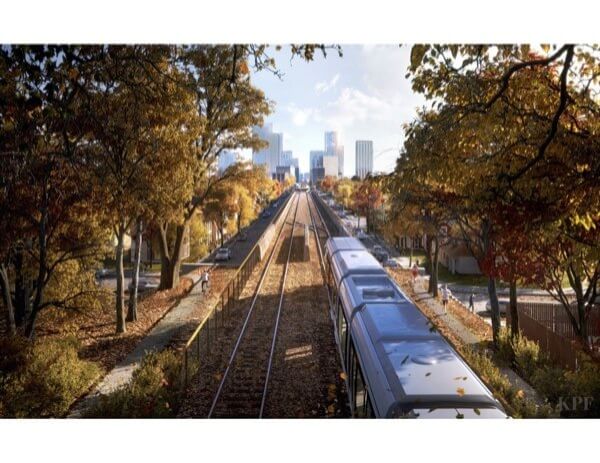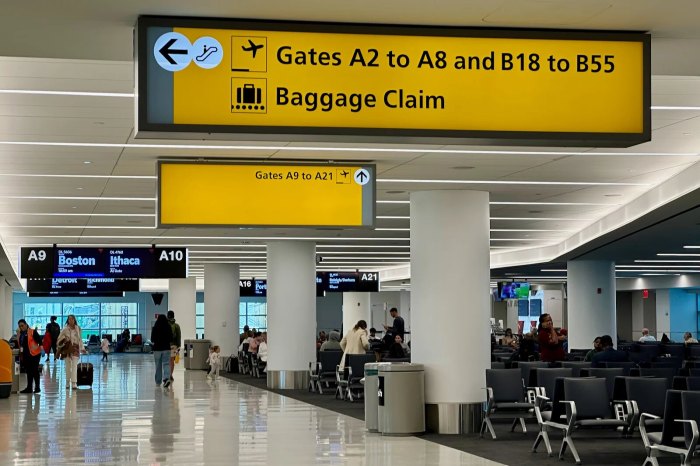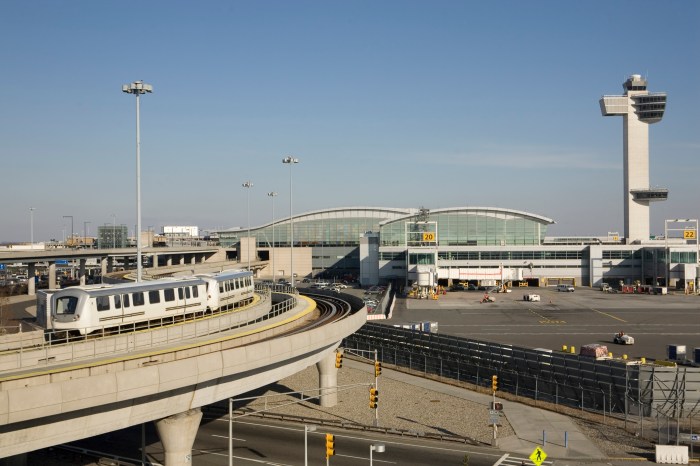By Mark Hallum
The results of a city-funded feasibility study shows that reactivation of the LIRR’s Lower Montauk Branch, commonly known as the QNS Rail, could see 5.6 million riders annually, as well as provide service as a freight line, at an estimated cost of $2.2 billion.
The unused 8.5 miles of elevated right-of-way runs from Jamaica Center to Hunters Point, but low ridership caused the MTA to discontinue service in 2012.
Former Councilwoman Elizabeth Crowley funded the study with $500,000 from the city’s FY 2017 budget and it was performed by AECOM, which found that to restore commuter service would cost $1.1 billion and another $1.1 billion to make the tracks compatible for freight.
“Too many of our Queens communities are transportation deserts,” Crowley said. “Our hard-working residents lack decent, local access to public transit, and then wind up spending too much time commuting on unreliable service.”
The study, released in a city Dept. of Transportation report, claims that about 180,000 residents, 95,000 jobs and three important industrial zones are within a half mile of the tracks. Housing costs along the line are 60 percent less than the city average, and it would bring relief to transit riders on the over-burdened E, F, G, and L subway lines.
The DOT touted the fact that reactivation of the track would cost 90 percent less than the 2nd Avenue Subway — about $2.5 billion per mile — since the MTA already owns the right-of-way, and claimed the project would spur development on 129 million square feet of unused land without requiring a zoning change.
But Crowley’s successor, who won a narrow victory over the incumbent in the November 2017 general election, saw the study as little more than wasted funds on a project that will never happen amid turmoil currently rocking the MTA.
Councilman Robert Holden (D-Glendale) pointed out that the city, state, and MTA are still arguing over how they should split the $800 million needed to fund MTA Chair Joe Lhota’s short-term plan to stabilize the ailing subways, which City Hall is reluctant to pay for.
“This study was a colossal waste of money that could have otherwise been used to benefit my district…. Instead, those tax dollars went to fund a study for a project that is both infeasible and undesirable,” Holden said. “Despite projected population growth in the area, I don’t believe renewing service to the Branch is the best solution to the transit issues faced by Glendale, Maspeth, Middle Village, Ridgewood, Woodhaven, and Woodside…. The fact that half a million dollars in Speaker’s funds were spent to procure this study shows a complete lack of understanding of the community and its transportation needs.”
With stops in Maspeth, Middle Village, Glendale, Ridgwood and Richmond Hill, the QNS Rail could see a weekly ridership of 21,000 people and has already been approve by the five community board within its range.
Reach reporter Mark Hallum by e-mail at mhall



































